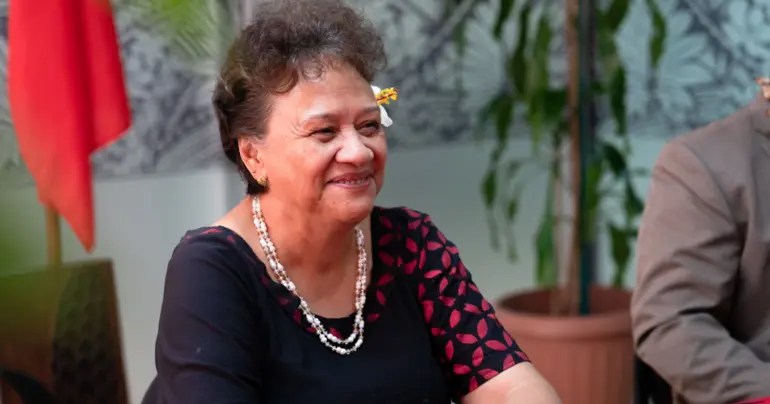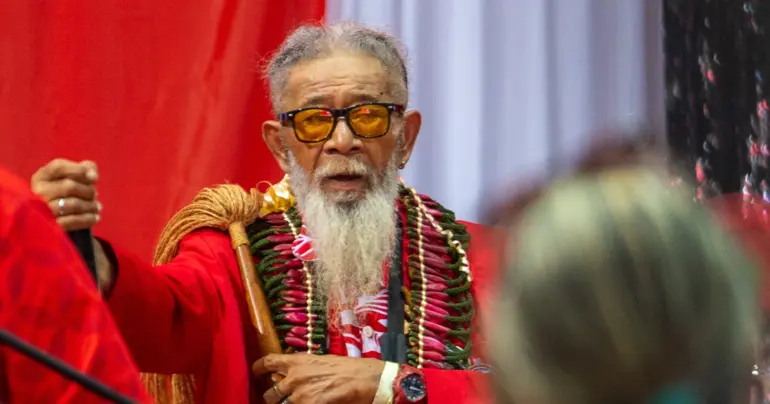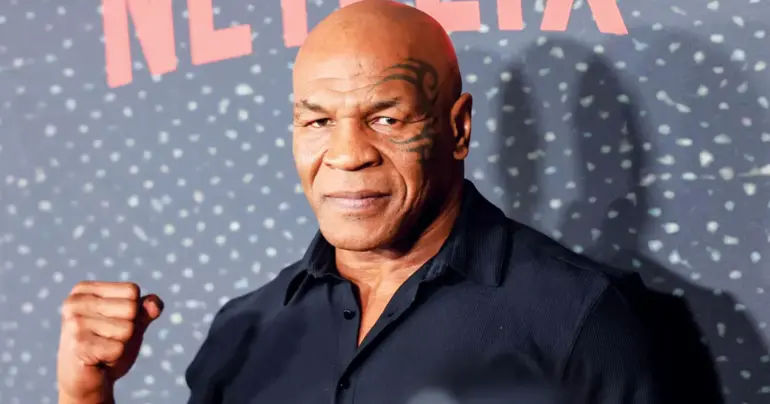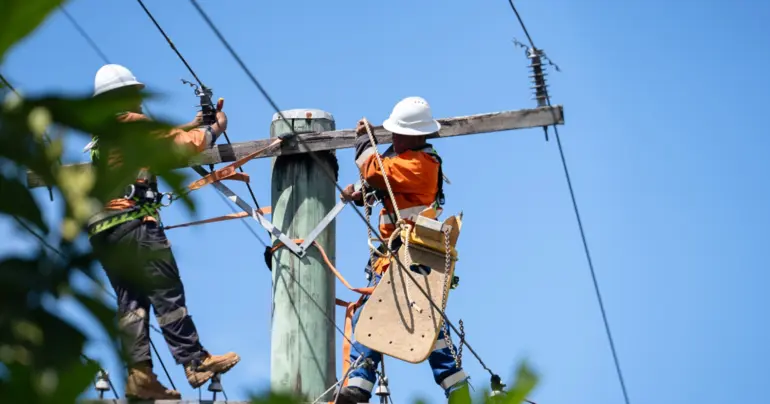Samoa to share in benefits from genetic resources
Samoa’s biodiversity, rich and unique, is the result of years in geographical isolation.
The launch of a new project puts the small Polynesian country at the forefront of “Access and Benefit Sharing” – helping ensure communities derive significant economic, social and environmental benefits from the country’s extensive genetic resources.
“This project is an important milestone for biodiversity and sustainable development in our country,” said Associate Minister Lemalu Taefu Lemi Taefu.
“It will address some of the key barriers we face in accessing the benefits of our genetic resources, for example addressing the current access permit system.”
With US$350,000 from the Global Environment Facility, the new three-year project will advance the development and strengthening of related national frameworks, human resources and administrative capabilities to effectively implement the Nagoya Protocol on Access and Benefit Sharing, entered into force in 2014.
The Division of Conservation and Environment of the Ministry of Natural Resources and Environment (MNRE-DEC) will lead the project, with implementation support from the UN Development Programme Country Office and the Global ABS Project Team.
“Biodiversity and ecosystem services are interlinked with human well-being and development priorities,” said MNRE-ACEO, Mr Moafanua Tolusina Pouli, addressing attendees from Government Ministries, community representatives, traditional healers, local non-government organizations, and the private sector.
“The Ministry of Natural Resources and Environment is excited to be working with all stakeholders on this important project to strengthen Samoa’s legal frameworks and guidelines, ensuring users and providers of genetic resources and traditional knowledge are well protected.”
The project aligns with Samoa’s current national policies and existing National Biodiversity Strategies and Action Plan, including the recently launched National Environment Sector Plan.
It focuses on strengthening the legal, policy and institutional capacities to develop national Access and Benefit Sharing frameworks; building trust between users and providers of genetic resources to facilitate the identification of bio-discovery efforts; and strengthening the capacity of indigenous and local communities to contribute to the implementation of the Nagoya Protocol.
Samoa’s flora consists of 500 species of native flowering plants and about 220 species of ferns, making it one of the most diverse flora in the Polynesia. Over time, the country’s geographical isolation allowed the evolution of new species, and sub-species, often aided by the absence of fierce competitors and predators.
Samoa has consistently demonstrated its commitment to conserving its biodiversity and ecosystems.
In 2001, the country’s cabinet formally approved Samoa’s National Biodiversity Strategies and Action Plan. The strategy focused around eight themes: mainstreaming biodiversity; ecosystem management; species management; community empowerment; awareness involvement; ownership; and benefits, access and benefit-sharing from the use of genetic resources; biosecurity, agro biodiversity and financial resources and mechanisms.
In October 2014, Samoa became a party of the Nagoya Protocol of the Convention of Biodiversity. This Protocol is of paramount importance, providing both greater legal certainties, clarity and transparency for both providers and users of genetic resources including associated traditional knowledge.
Currently, Samoa uses an access permit system to allow access to its genetic resources to be used for biodiscovery. Between 2011 and 2015, about 29 such permit requests were submitted, with six permits approved.
The key challenge is the lack of monitoring and compliance of these permits and the delays in providing them. There is also a lack of benefit-sharing provisions available in the country, in the absence of a comprehensive policy and regulatory framework on Access and Benefit Sharing.
“For a large number of local communities around the world biodiversity and ecosystems are also their main source of livelihood,” said UNDP Deputy Resident Representative Notonegoro. “UNDP is excited and privileged to be part of this project and look forward to fruitful deliberations for a successful implementation at the national level.”
Following the launch event, an inception workshop provided an opportunity for the project team to clarify and take ownership of the project’s goals and objectives, and to finalize the preparation of the project’s first annual work plan
*Samoa is one of 24 countries from Asia-Pacific, Africa, Eastern Europe, Arab States, Latin America and the Caribbean covered under the US$12 million Global Environment Facility-financed global programme, ‘Strengthening human resources, legal frameworks, and institutional capacities to implement the Nagoya Protocol’.










